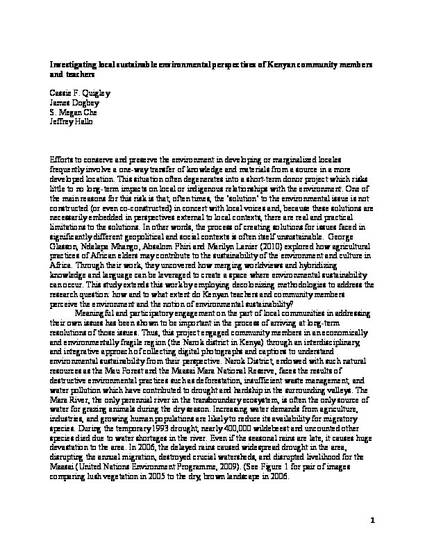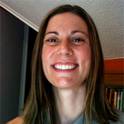
Efforts to conserve and preserve the environment in developing or marginalized locales frequently involve a one-way transfer of knowledge and materials from a source in a more developed location. This situation often degenerates into a short-term donor project which risks little to no long-term impacts on local or indigenous relationships with the environment. This research study with educators in Narok, Kenya investigates the current perspectives of local key stakeholders on the environment and sustainability with the purpose of sharing these understandings among local groups to generate a locally constructed meaning of environmental conservation and sustainability. It is the researchers’ aim that through locally constructed meanings of environmental hazards and conservation, the Maasai community will empower themselves to transform their relationship with their environment and begin to construct and enact sustainable alternatives to destructive environmental practices. The approach used in this study is a qualitative study of representative stakeholders’ environmental perspectives called photovoice. Two major themes emerged during the data analysis: How do we co-habit? and How do we modernize? This community demonstrated a complex understandings including navigate traditional practices, made connections to a larger system, and describing positive ways in which humans influence our environment.

This manuscript has been published in the journal Cultural Studies of Science Education. Please find the published version here (note that a subscription is necessary to access this version):
http://link.springer.com/article/10.1007/s11422-014-9584-1/fulltext.html
Springer holds the copyright in this article.